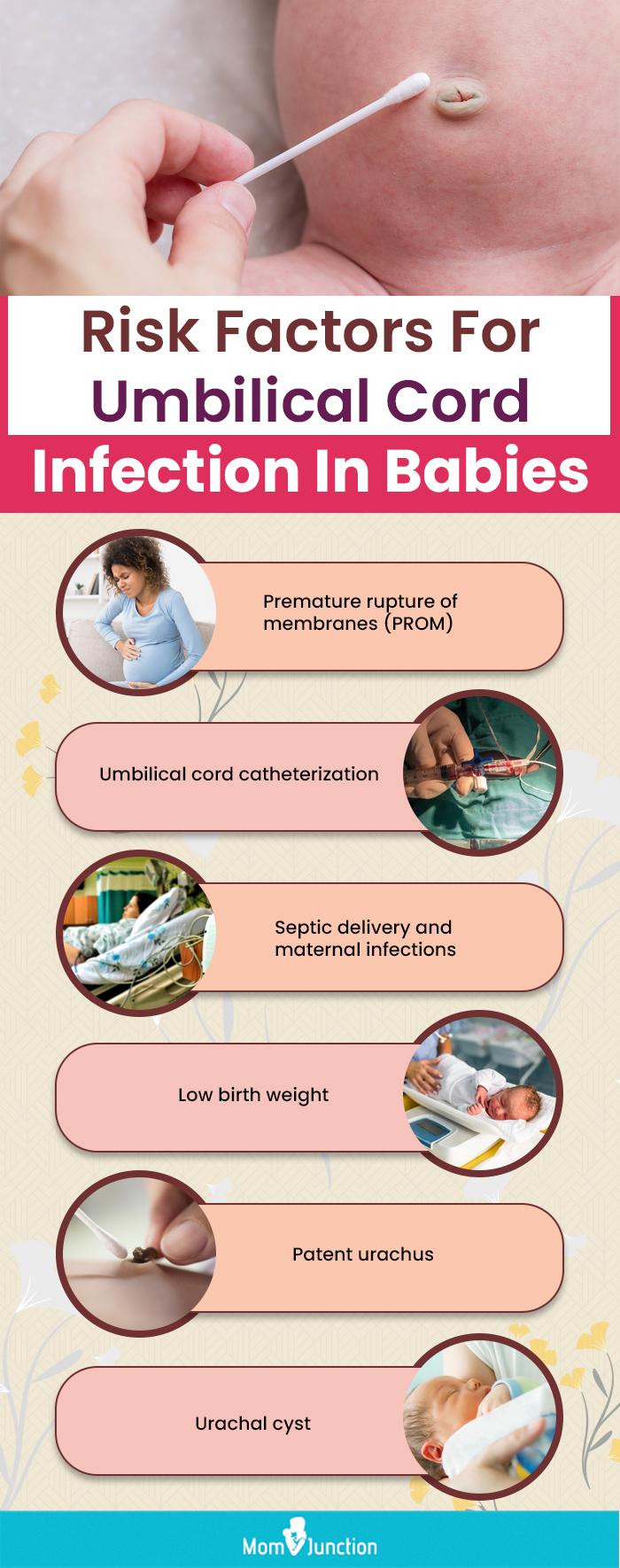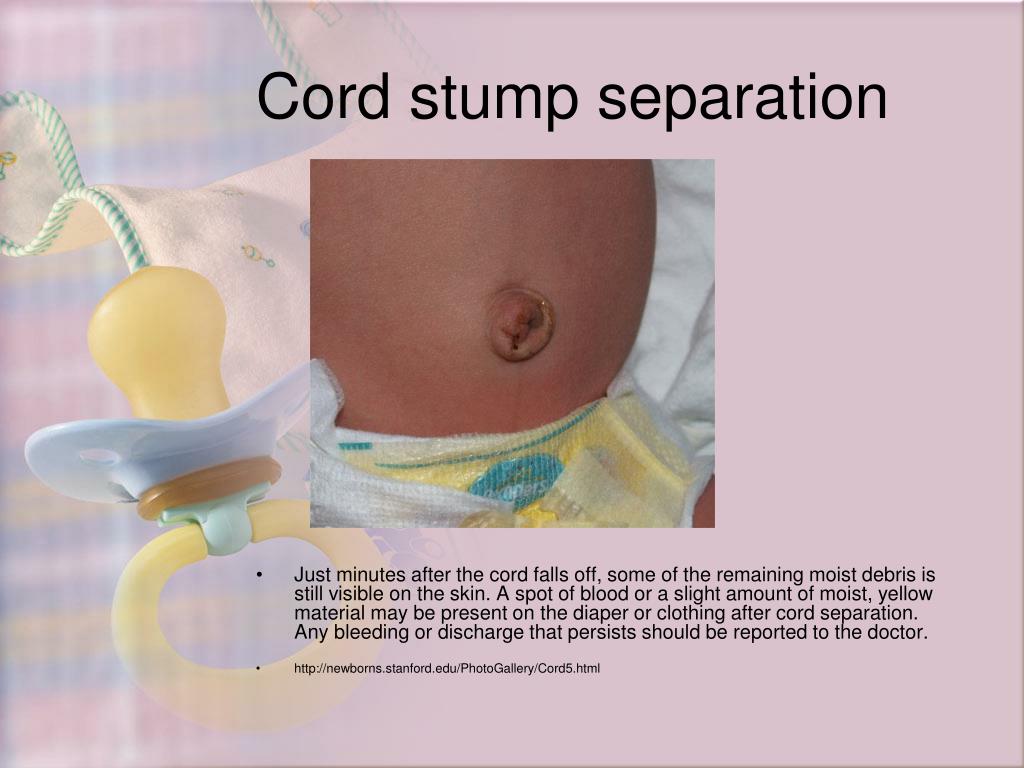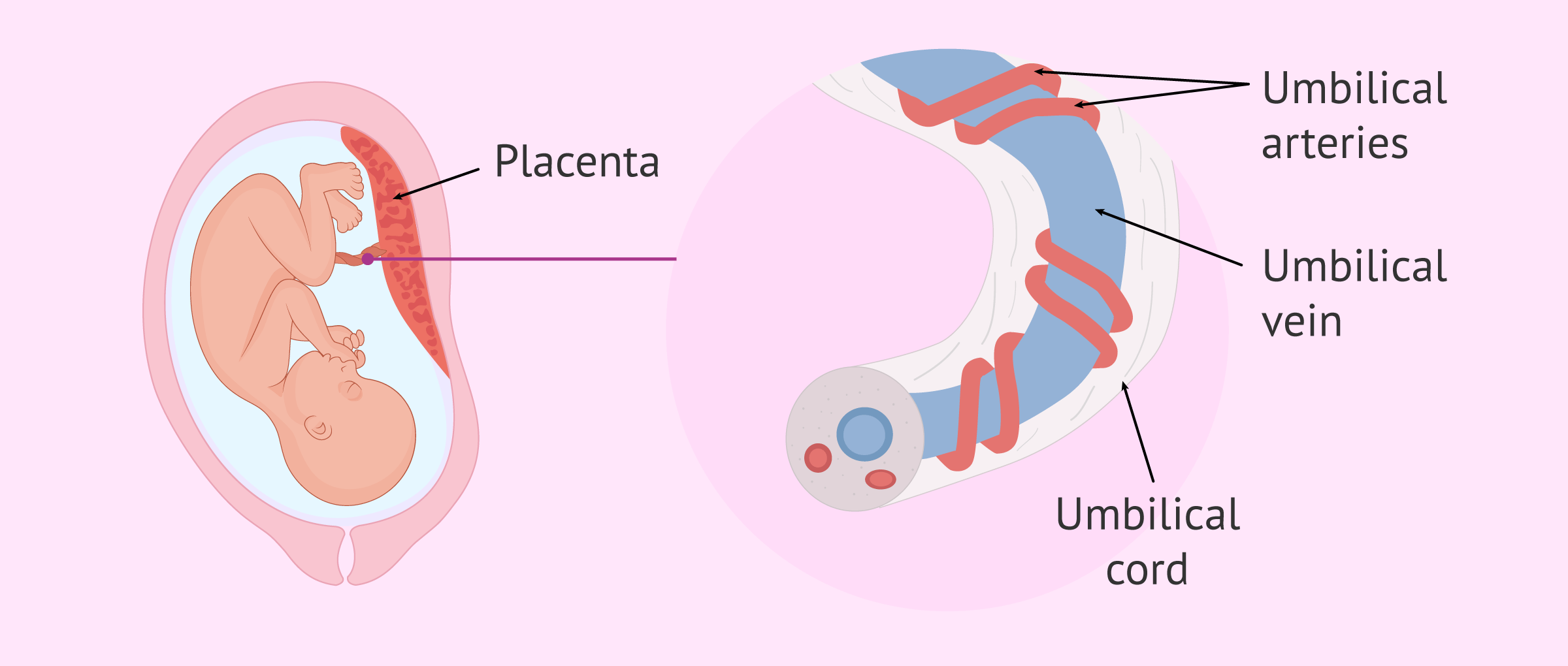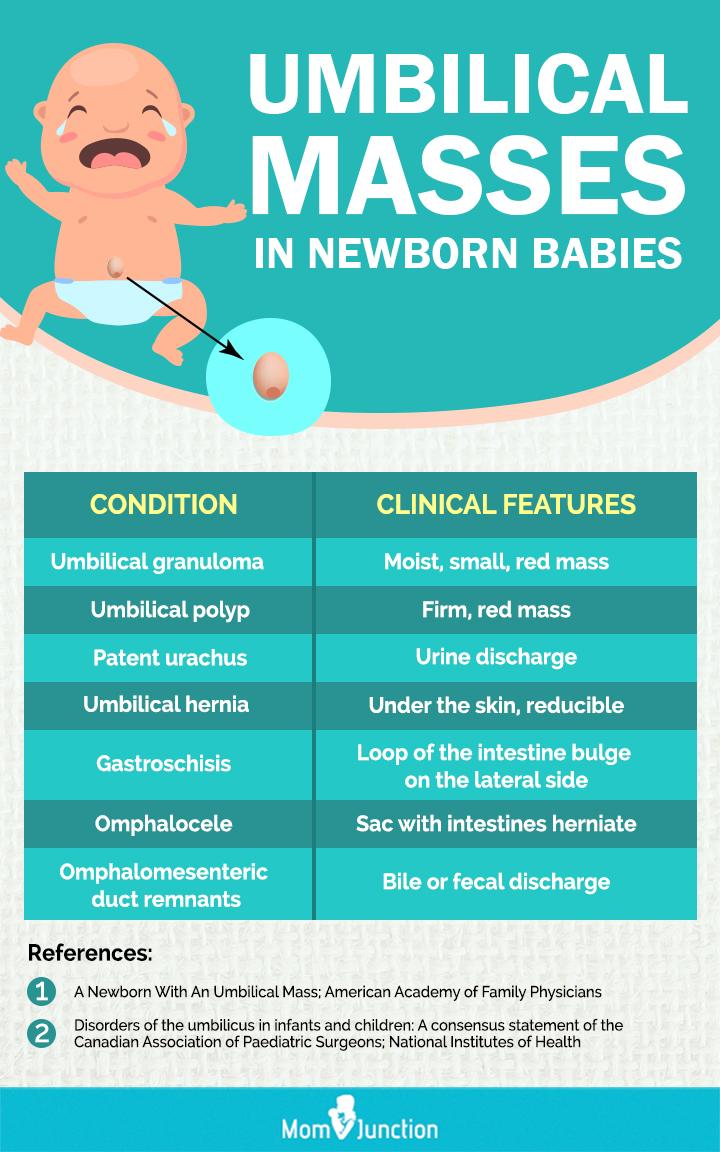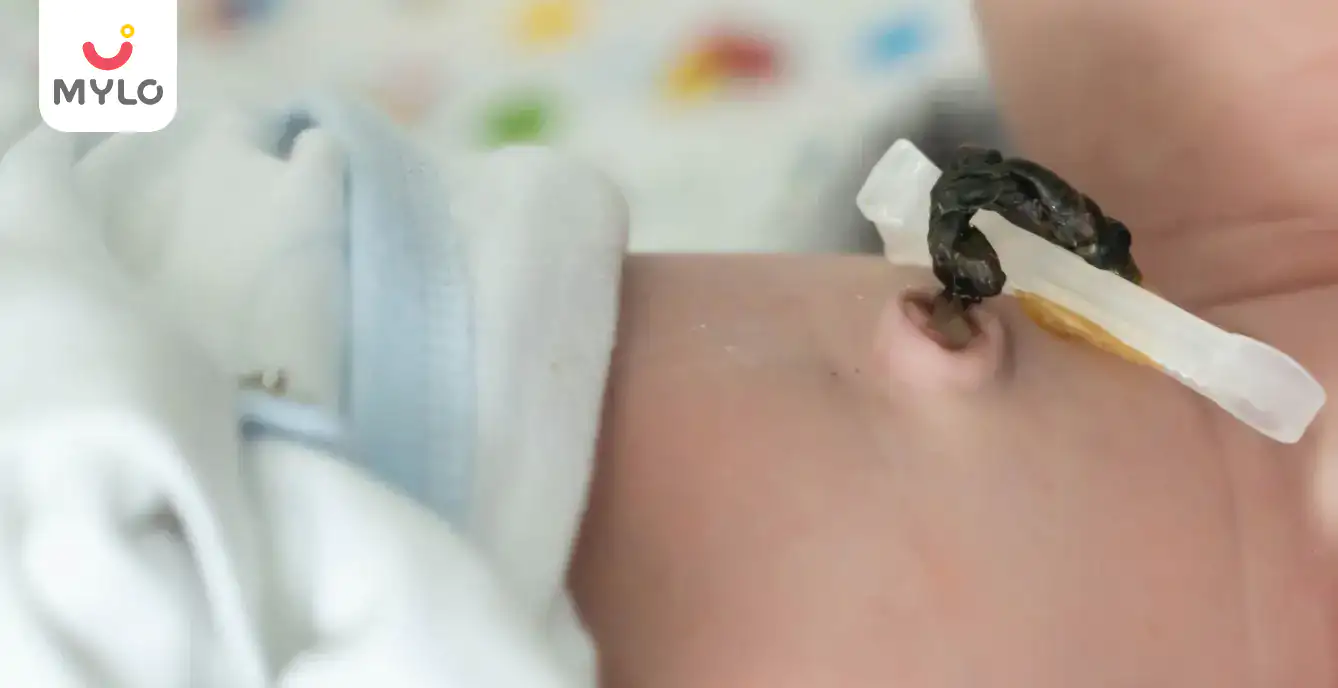Umbilical Cord Discharge - Although umbilical cord infections are uncommon, you should contact your pediatrician if you notice any of the following: The redness sometimes spreads out. Redness or swelling near the base of the umbilical cord is typically a sign of infection. The umbilical cord brings nutrients and oxygen to your baby during pregnancy. After birth, the umbilical cord isn't needed anymore. Signs of omphalitis appear around the base of the stump and include redness or discoloration, hardened skin and yellowish.
After birth, the umbilical cord isn't needed anymore. Signs of omphalitis appear around the base of the stump and include redness or discoloration, hardened skin and yellowish. The redness sometimes spreads out. The umbilical cord brings nutrients and oxygen to your baby during pregnancy. Redness or swelling near the base of the umbilical cord is typically a sign of infection. Although umbilical cord infections are uncommon, you should contact your pediatrician if you notice any of the following:
Although umbilical cord infections are uncommon, you should contact your pediatrician if you notice any of the following: After birth, the umbilical cord isn't needed anymore. The redness sometimes spreads out. Signs of omphalitis appear around the base of the stump and include redness or discoloration, hardened skin and yellowish. The umbilical cord brings nutrients and oxygen to your baby during pregnancy. Redness or swelling near the base of the umbilical cord is typically a sign of infection.
Figure 4 from Clinical Profile Of Umbilical Discharge In Adults; A
The umbilical cord brings nutrients and oxygen to your baby during pregnancy. Redness or swelling near the base of the umbilical cord is typically a sign of infection. Signs of omphalitis appear around the base of the stump and include redness or discoloration, hardened skin and yellowish. After birth, the umbilical cord isn't needed anymore. Although umbilical cord infections are.
What to do if there is blood spotting at umbilical cord site? Dr
Redness or swelling near the base of the umbilical cord is typically a sign of infection. The umbilical cord brings nutrients and oxygen to your baby during pregnancy. Signs of omphalitis appear around the base of the stump and include redness or discoloration, hardened skin and yellowish. After birth, the umbilical cord isn't needed anymore. Although umbilical cord infections are.
Umbilical Cord Compression and Your Baby's Health Birth Injury Guide
The umbilical cord brings nutrients and oxygen to your baby during pregnancy. After birth, the umbilical cord isn't needed anymore. Although umbilical cord infections are uncommon, you should contact your pediatrician if you notice any of the following: Signs of omphalitis appear around the base of the stump and include redness or discoloration, hardened skin and yellowish. Redness or swelling.
What Does An Infected Umbilical Cord Stump Look Like
Although umbilical cord infections are uncommon, you should contact your pediatrician if you notice any of the following: The redness sometimes spreads out. After birth, the umbilical cord isn't needed anymore. The umbilical cord brings nutrients and oxygen to your baby during pregnancy. Redness or swelling near the base of the umbilical cord is typically a sign of infection.
PPT Newborn Appearance PowerPoint Presentation, free download ID
Redness or swelling near the base of the umbilical cord is typically a sign of infection. Although umbilical cord infections are uncommon, you should contact your pediatrician if you notice any of the following: The umbilical cord brings nutrients and oxygen to your baby during pregnancy. After birth, the umbilical cord isn't needed anymore. Signs of omphalitis appear around the.
What does the umbilical cord look like?
Redness or swelling near the base of the umbilical cord is typically a sign of infection. Signs of omphalitis appear around the base of the stump and include redness or discoloration, hardened skin and yellowish. Although umbilical cord infections are uncommon, you should contact your pediatrician if you notice any of the following: The redness sometimes spreads out. The umbilical.
Three common umbilical cord problems in newborns...and when to worry
After birth, the umbilical cord isn't needed anymore. Although umbilical cord infections are uncommon, you should contact your pediatrician if you notice any of the following: Signs of omphalitis appear around the base of the stump and include redness or discoloration, hardened skin and yellowish. Redness or swelling near the base of the umbilical cord is typically a sign of.
Umbilical Cord Granuloma
After birth, the umbilical cord isn't needed anymore. The redness sometimes spreads out. The umbilical cord brings nutrients and oxygen to your baby during pregnancy. Redness or swelling near the base of the umbilical cord is typically a sign of infection. Signs of omphalitis appear around the base of the stump and include redness or discoloration, hardened skin and yellowish.
"Young Living Myrrh Essential Oil 2x a day, my son's umbilical cord
Signs of omphalitis appear around the base of the stump and include redness or discoloration, hardened skin and yellowish. The redness sometimes spreads out. Although umbilical cord infections are uncommon, you should contact your pediatrician if you notice any of the following: The umbilical cord brings nutrients and oxygen to your baby during pregnancy. After birth, the umbilical cord isn't.
What Does An Infected Umbilical Cord Stump Look Like
The redness sometimes spreads out. The umbilical cord brings nutrients and oxygen to your baby during pregnancy. After birth, the umbilical cord isn't needed anymore. Redness or swelling near the base of the umbilical cord is typically a sign of infection. Although umbilical cord infections are uncommon, you should contact your pediatrician if you notice any of the following:
The Redness Sometimes Spreads Out.
Redness or swelling near the base of the umbilical cord is typically a sign of infection. Signs of omphalitis appear around the base of the stump and include redness or discoloration, hardened skin and yellowish. After birth, the umbilical cord isn't needed anymore. The umbilical cord brings nutrients and oxygen to your baby during pregnancy.



